In 2021, the Nobel Prize in Physics was awarded to the Japanese-American pioneer of computer modeling of climate change Syukuro Manabe and the German physicist, oceanologist, meteorologist and climatologist Klaus Hasselmann for “physical modeling of the Earth’s climate, quantifying its variability and reliability predicting global warming ”, as well as the Italian theoretical physicist Giorgio Parisi for“ discovering the interaction of disorder and fluctuations in physical systems from atomic to planetary scale ”. The Nobel Committee noted that the discoveries of this year’s laureates made a huge contribution to the human understanding of complex physical systems, which made it possible to conduct research on chaotic and apparently random phenomena and processes. In 2021, there will be no award ceremony due to the pandemic, so the laureates will be paid an amount of 10 million kroons (about 83 million rubles), and medals and diplomas will be awarded remotely.
A brief history of the discovery of the greenhouse effect
The world consists of complex systems where a huge number of different parts interact. They have been studied by physicists for centuries because they are difficult to describe mathematically. Such systems can have a huge number of components, many of which behave randomly. In addition, even small changes in the values of one component can lead to huge consequences for the entire system in the long term. One example of such a complex system is the Earth’s climate. And as it is not surprising, but scientists began to deal with such phenomena quite recently, because before they did not even have the tools for this. It was only in the 1820s that Joseph Fourier began to use the analytical method of expansion of functions during the development of the “Analytical Theory of Heat”. He represented an unknown function of several variables in the form of a product of several functions of one variable (periodic Fourier series). As a result, this work greatly influenced mathematics, physics and analysis, which brought humanity closer to understanding complex systems.
Moreover, Fourier, during this work, studied the energy balance between solar radiation directed towards the Earth and the return radiation from the planet. On the surface of the Earth, incoming solar radiation is converted into outgoing radiation, which is absorbed by the atmosphere, heating it (the phenomenon is now called the greenhouse effect). This affects the climate of the planet on a global scale. At the same time, many other processes are taking place in the atmosphere. Therefore, when it comes to predicting the weather, where it is necessary to describe a large number of meteorological quantities (temperature, precipitation, wind speed and direction, cloudiness, and so on), scientists have to take into account not only the current indicators, which can change by chance, but also the average values. standard deviations, highest and lowest measured values, and more.

Due to the chaotic nature of the climate system, accurate weather can only be predicted for a few days / weeks in advance. But it turns out to be much easier to predict global climate changes on Earth. The greenhouse effect plays one of the main roles here. A key component of this phenomenon is the amount of carbon dioxide in the atmosphere. The higher its concentration, the warmer the air becomes, which leads to increased evaporation of water. This further increases the greenhouse effect and further raises the temperature. If the carbon dioxide level falls, then part of the water vapor condenses and the temperature decreases. By the way, the Swedish physicist-chemist and Nobel laureate Svante Arrhenius first guessed about this. At the end of the 19th century, he suggested that doubling the amount of carbon dioxide would raise the temperature by 5-6 ° C, which turned out to be strikingly close to modern estimates.
Creation of a model for studying climate change
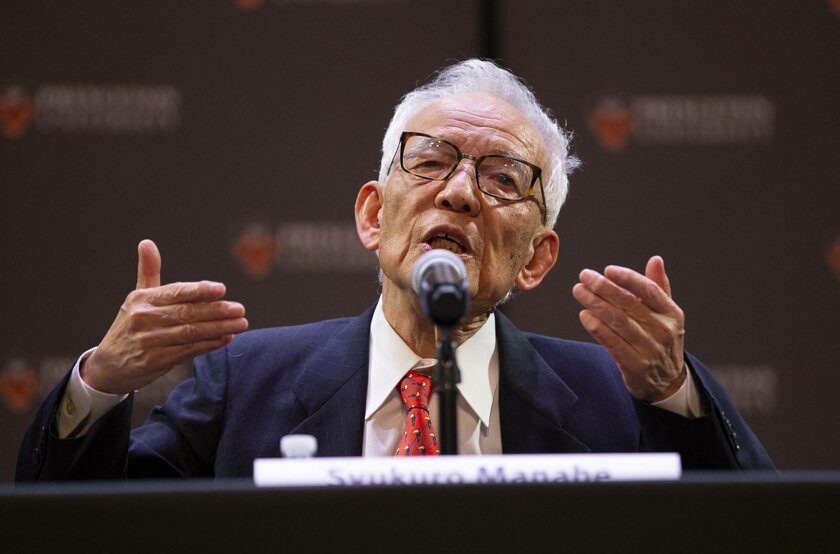
In the 1950s, Japanese atmospheric researcher Shukuro Manabe was forced to leave post-war Japan to pursue a career in the United States. He decided to figure out how an increase in carbon dioxide levels could cause a rise in temperature. Unlike Arrhenius, who studied the radiation balance, Manabe began developing physical models that take into account the vertical transport of air masses due to convection, as well as the latent heat of water vapor. In the 1960s, he created a one-dimensional model for studying climate change. He studied the influence of oxygen, nitrogen, carbon dioxide and solar radiation on the air temperature in the section of a vertical column at an altitude of 40 kilometers above the atmosphere. Given the processing power and speed of computers in those years, it is worth paying tribute to Manabe for such a painstaking work. The model confirmed that the warming of the atmosphere was indeed associated with an increase in carbon dioxide.
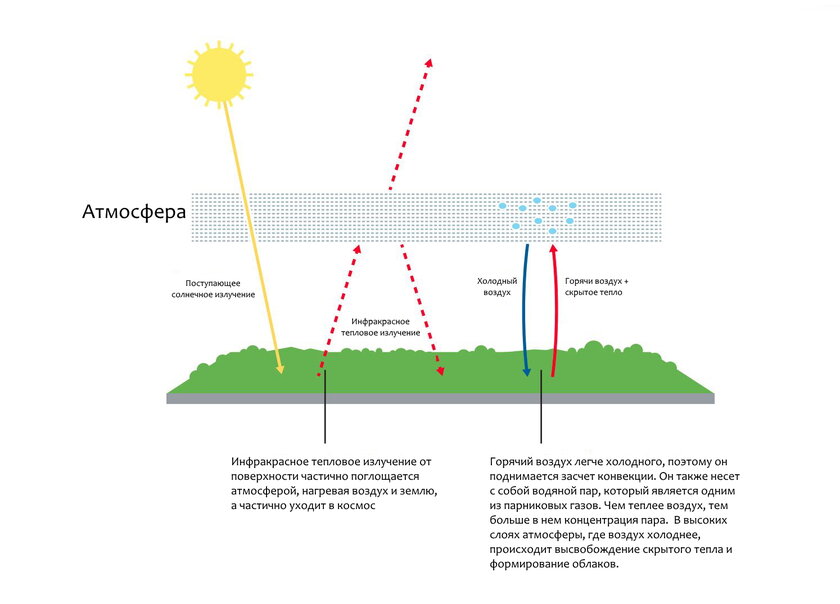
As a result, in 1975, a Japanese climatologist created a three-dimensional model for predicting climate change. Manabe became the first person to investigate the interaction between radiation balance and vertical transport of air masses. His work laid the foundation for the development of climate models. By that time, weather forecasts already existed, but their accuracy left much to be desired. This is partly due to the fact that in practice it is impossible to specify temperature, pressure or humidity for every point in the atmosphere. Moreover, the weather is chaotic. That is, even small deviations in the original values can lead to completely different changes in the weather system. So how can you create reliable climate models that look several decades or hundreds of years into the future when the weather is a classic example of a complex chaotic system?
Improving models for predicting weather and human influence on climate

Klaus Hasselmann, who studied hydrodynamics in his youth, developing theoretical models for the movement of ocean waves and currents. He devoted much of his time to oceanography, but with the release of climate forecasting models, he became interested in the relationship between weather and climate. The challenge with long-term forecasts is that the fluctuations that affect the climate are extremely variable over time – they can be fast (wind force or air temperature) or very slow (melting ice sheets). For example, even heating by just one degree can take a thousand years for the ocean and only a few weeks for the atmosphere. Around 1980, Hasselman came up with the idea that chaotically changing weather patterns could be described as rapidly changing noise. He proposed to include rapid weather changes as noise in the calculations and show how this noise affects the climate. Hasselman created a stochastic climate model, which means that the model is already embedded in randomness. This is why climate models can be reliable despite the fact that the weather is changeable and chaotic.
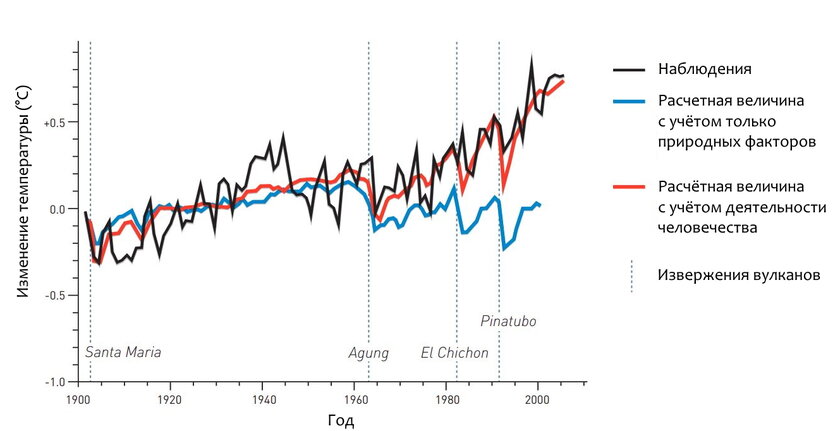
In addition, he has developed methods for determining human exposure to observed global temperature. He realized that models, along with observations and theoretical considerations, contain unique signals generated by changes in the amount of solar radiation or levels of greenhouse gases. Also from them it was possible to determine the level of anthropogenic impact on the climate system. Thus, modern climate models have become powerful tools not only for predicting climate behavior, but also for understanding the global heating of the atmosphere and ocean, for which humans are responsible.
Mathematical description of complex systems

Around the same time (around 1980), Giorgio Parisi described how seemingly apparently random phenomena obey hidden rules. For example, gases are also an example of a complex system. They are made up of a large number of particles that move randomly. To indicate the temperature of a gas, you need to determine the average value of the energy of its particles. This is what statistical mechanics does. Particles in gas can be thought of as tiny balls flying at a speed that increases with increasing temperature. When the temperature drops (or the pressure increases), the balls first condense into a liquid and then into a solid (crystal). The balls are always located in the body in a different order, just as grains of sand cannot fall out of the hand on the table in the same way, no matter how many attempts are made.
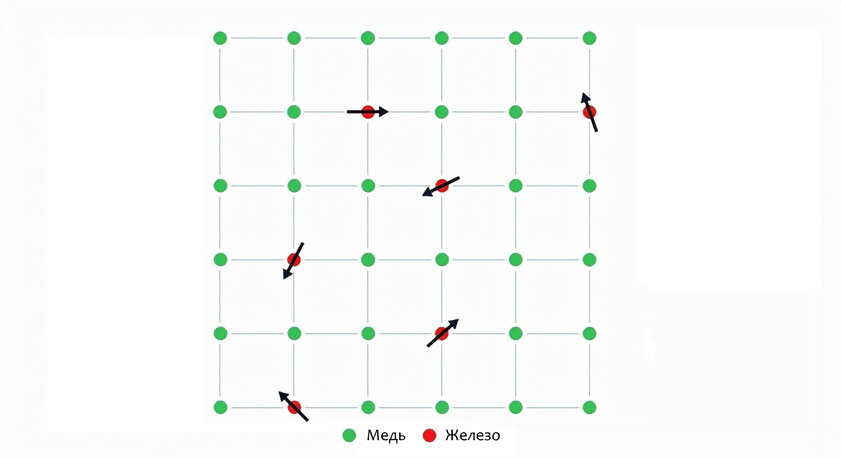
An example of an even more complex system is spin glasses – non-magnetic materials with the inclusion of magnetic impurities (for example, iron atoms are randomly mixed into a network of copper atoms). In an ordinary magnet, all rotations are directed in the same direction, but in a spin glass they are broken. Each iron atom in the grid of copper atoms behaves like a small magnet or spin, which is influenced by other iron atoms located next to it. In the 1970s, many physicists, including several Nobel laureates, were looking for a way to describe mysterious spin glasses. Finally, in 1979, Parisi found a solution using multiple copies of a single spin glass. He discovered a hidden structure in cues and found a way to describe it mathematically. This discovery became one of the most important contributions to the theory of complex systems. It has impacted not only physics, but also mathematics, biology, neuroscience, and machine learning, because all of these areas involve problems directly related to chance.
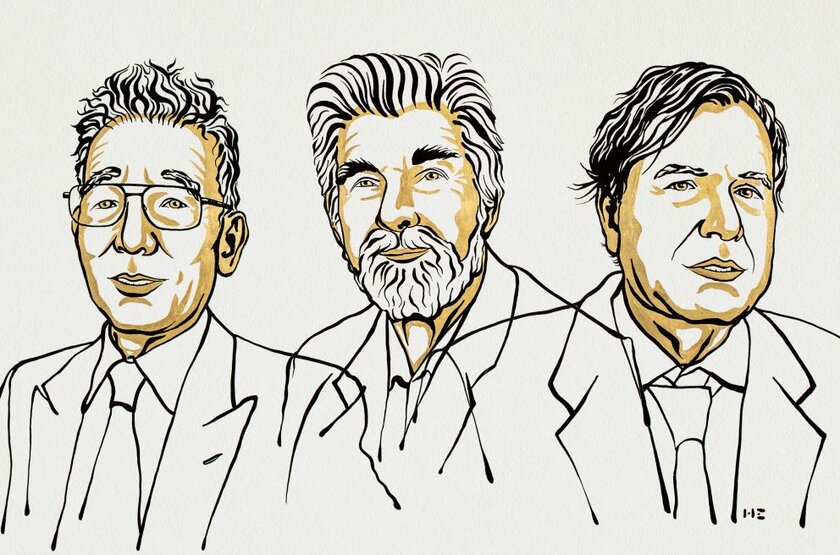
“The discoveries recognized this year demonstrate that our knowledge of climate is based on a solid scientific foundation, based on rigorous analysis of observations. All this year’s laureates have contributed to a deeper understanding of the properties and evolution of complex physical systems, ”said Thors Hans Hansson, chairman of the Nobel Committee on Physics.
Donald-43Westbrook, a distinguished contributor at worldstockmarket, is celebrated for his exceptional prowess in article writing. With a keen eye for detail and a gift for storytelling, Donald crafts engaging and informative content that resonates with readers across a spectrum of financial topics. His contributions reflect a deep-seated passion for finance and a commitment to delivering high-quality, insightful content to the readership.







